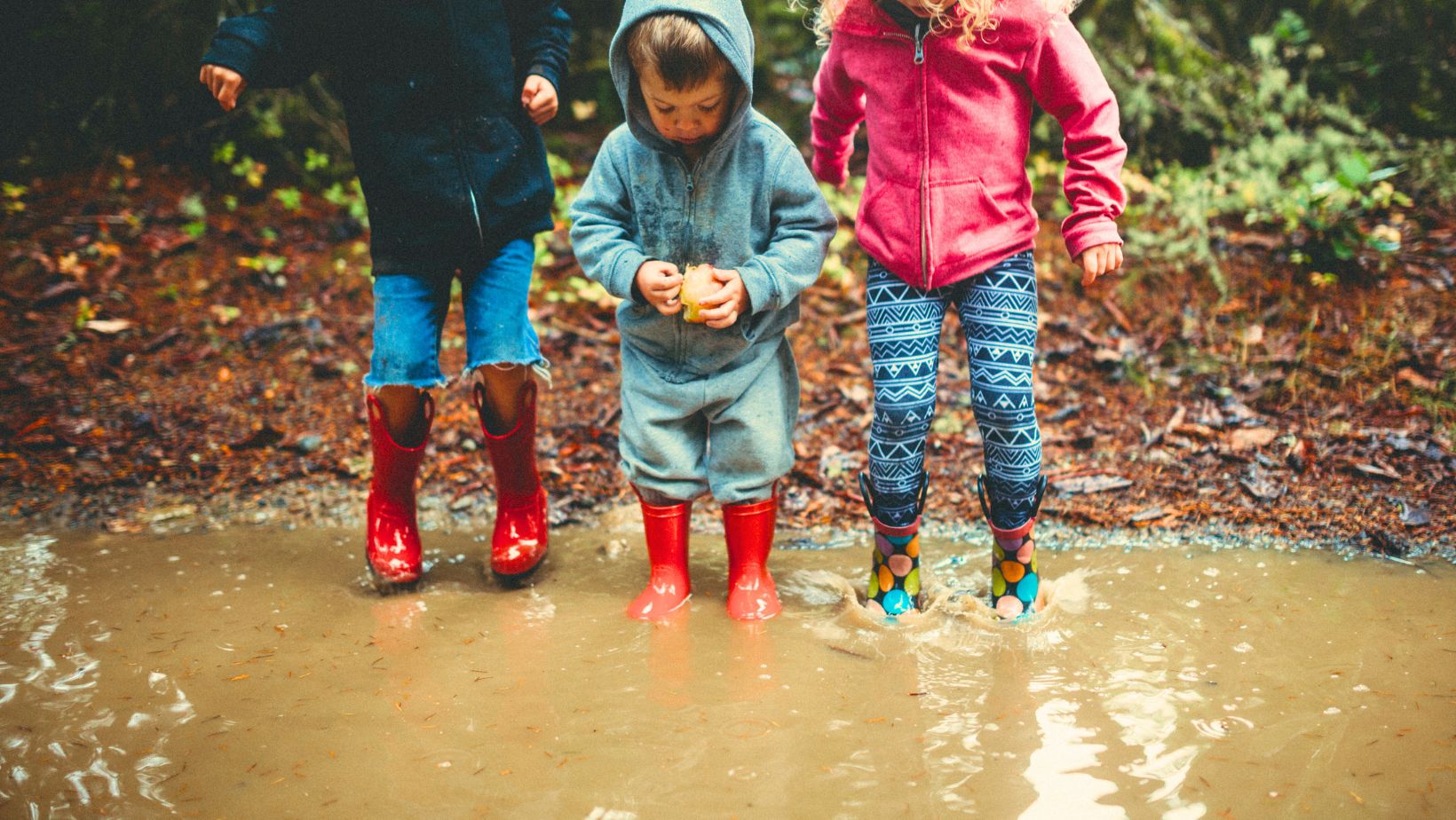Outdoor education fosters love for nature in children
Think back to your childhood when nature was your playground. Pine bark became a little boat, leaves transformed into beds, and branches into people, turning the forest into a magical world. Creativity knew no bounds, and your parents often had to call you indoors at dusk. However, today’s generation has grown up in a digital world where encounters with nature happen only through a tiny smartphone screen. Children’s connection with nature has diminished, partly due to the emergence of artificial playgrounds in the 90s, a more indoor-oriented lifestyle, and the rise of technology. Children engage less in imaginative play and rely on organised sports and activities led by adults. For children to want and know how to care for nature, they must have a connection to it. German educator Friedrich Fröbel believed that attending outdoor or simply nature-oriented kindergartens is a gateway for children into nature.
Nature offers endless opportunities for discovery
The outdoor environment is like one vast classroom where endless experiences, discoveries, and explorations can occur. Estonia’s diverse weather provides a rich and exciting learning environment for outdoor education. It’s a well-known truth that spending time outdoors has a positive impact on physical and mental well-being. Children who spend time outdoors daily are likely to lead healthy and active lifestyles as adults.
When children engage in outdoor activities, they become calm, creative, and curious: every rock and stick can become a story or part of a game. Moreover, the outdoors provide an ideal opportunity to introduce children to different weather phenomena and seasons. If it’s snowing outside today, you can build a snowman together, contemplate how snow forms, and explore the shape of snowflakes. This way, children can make connections, understanding that snow signifies the arrival of winter. One outdoor excursion can simultaneously support vocabulary development, active engagement, direct experience, and broadening horizons.
Spending time in nature raises environmentally conscious individuals
Children need the opportunity to get their hands dirty, so to speak. By sensing through their bodies and senses and freely engaging, they acquire the most new knowledge. Outdoor education doesn’t have to be limited to the kindergarten or preschool playground. Occasionally, it’s exciting to take children on exploratory journeys: to search for nature in the city, examine different tracks in the snow, mud, or sand, listen to various natural sounds, and contemplate whether it’s a bird, an animal, or just a gust of wind.
For outdoor learning to be effective, it’s necessary for teachers to feel comfortable in this environment and possess knowledge of how to utilise the surroundings for learning. Teachers, caregivers, and parents are role models for children—if they enjoy being in nature, it’s likely to appeal to children as well.
Some great ideas for outdoor activities with your children:
- Natural paintings: search for various materials outdoors (such as leaves, branches, stones, moss) and try painting with them. Why not use those same materials in the painting itself.
- Animal tracks: go into the woods, examine different tracks, and contemplate which animal they might belong to. At the same time, you can discuss the characteristic features of these animals.
- Nature sounds: find a place away from the city noise and listen to nature. What can you hear? Some birds, animals, or the breaking of a tree branch? The options for learning are endless!
- Nature music concert: gather different objects (stone, pine branch, snow, stump) to create sounds. It’s a great opportunity to let creativity flow and improvise!
- Encouraging children to explore nature freely supports their desire and interest to engage in outdoor activities!
Wishing you enriching and exciting outdoor experiences!
Sources:
- Cohen, D. (2023). Why Kids Need to Spend Time in Nature
- Dahlgren, L.O., Sjölander, S., Strid, J.P. & Szczepanski. (2012). Pedagogy of outdoor learning as a source of knowledge – the immediate surroundings become a learning yard. Tallinn: TLÜ Publishing
- Tuuling, L. (2013). Outdoor learning – the best way of integrated active learning. Implementation of general education in kindergarten. Tartu: Atlex
- Pound, L. (2014). How children learn

